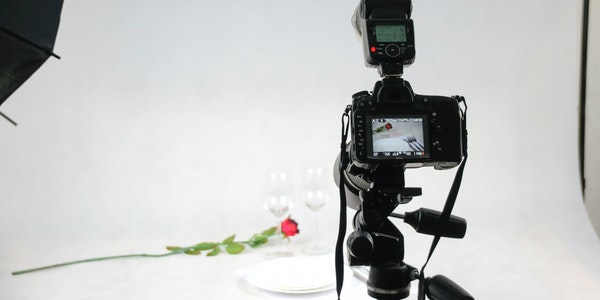Table of Contents
The Creation of Soft Light
The nature of soft light is softer. People under soft light receive more uniform light on all parts of their body, with less contrast, which can soften the skin of the person being photographed, and is generally suitable for shooting female portraits.
In portrait photography, the use of soft light is more common. The creation of soft light depends on the photographer’s control of light. The light from the flash lamp is originally very dazzling, even if the bowl-shaped standard cover is used, its intensity is still high.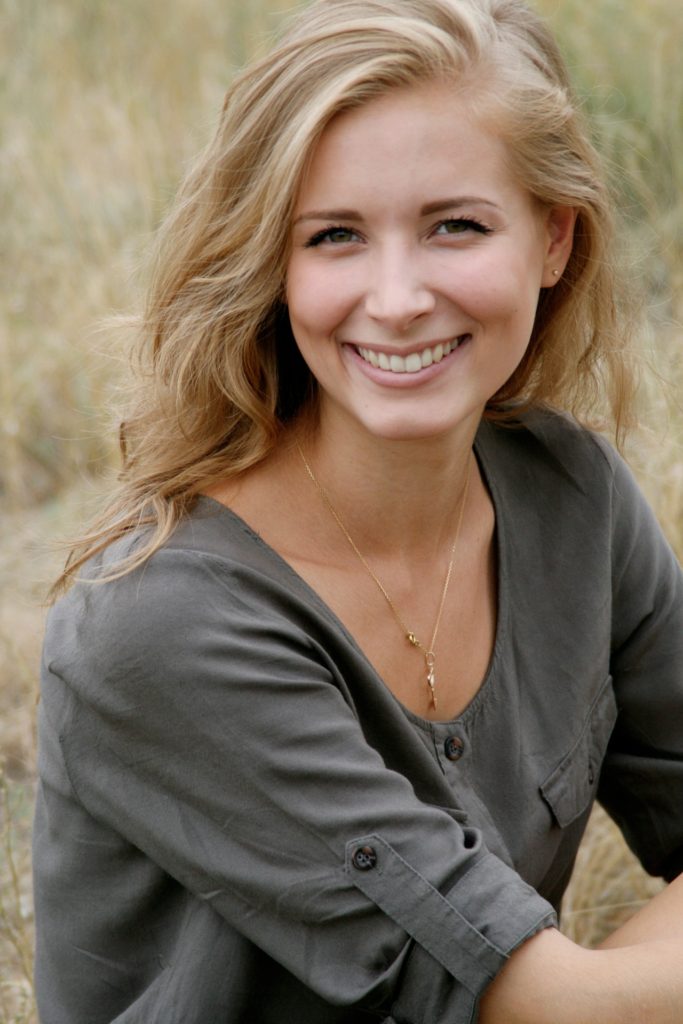
There are many ways to soften this kind of light, and the most common softening method is to use a soft box. When the light passes through the soft box, it diffuses and reflects inside the soft box, thereby being softened. In order to provide a better soft light effect, many soft boxes contain a layer of fabric of the same material in addition to the translucent fabric on the outer layer of the soft box. At the same time, the larger the soft box, the larger the irradiation range, and the better the softening effect of the light.
The creation of hard light
In the studio, the light produced by using the flash lamp head to match the standard cover, condenser cover, etc., without any soft light equipment, is hard light.
The light created by the reflective umbrella is between soft light and hard light, and the properties of hard light are more obvious. Hard light is similar to direct light in nature, with strong light and clear directionality.
Creating with hard light will produce obvious bright and shadow areas in the picture, forming a great contrast and a clear border between light and dark. It is generally suitable for shooting situations that require a clear outline of the object.
For example, in the multi-lamp lighting combination, it is generally the task of creating hair and contour lighting for the characters. In addition, it is also used to shoot male portraits alone.
In recent years, European-style portrait style, that is, a shooting style that advocates a strong sense of three-dimensionality and depth, has become popular, and hard light has also been applied to mainstream female portrait shooting. Due to the strong directivity of the hard light, the control of the hard light should be more precise. When hard light is used as the main light, if the light ratio is too large, it should be supplemented by a reflector or other soft light source.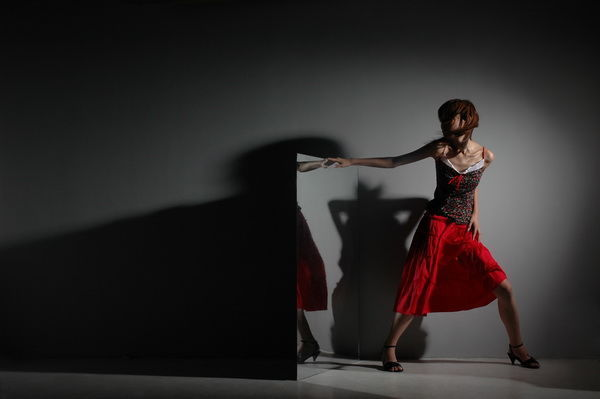
Hard light can create a strong contrast between light and shade and a three-dimensional effect, creating a strong fashion sense of portrait photos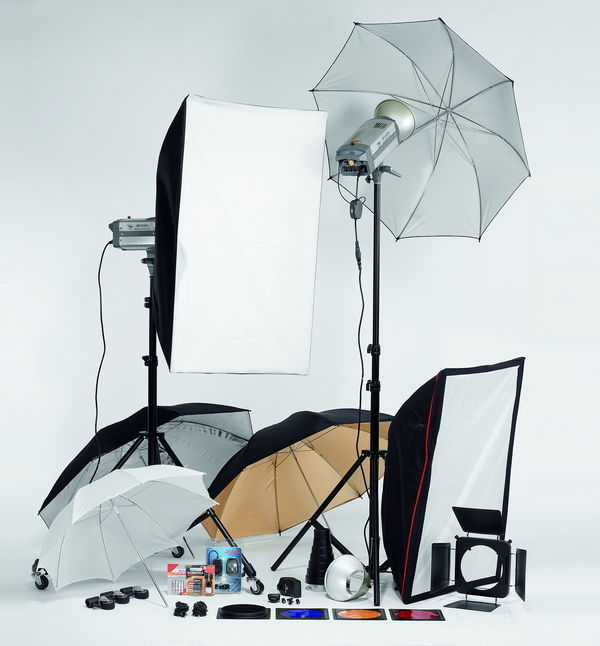
Flash power and performance
Power is the most important technical indicator of a studio flash. The greater the power of the flash, the better its performance.
In the shooting process, photographers often use a small aperture to shoot to obtain a greater depth of field, so the supplementary performance of the flash is very important. At the same time, when conditions permit, in order to obtain a more perfect effect, the distance between the flash and the model is often adjusted farther.
In addition, photographers often use accessories such as softboxes and reflective umbrellas, so while obtaining soft light, the power of the flash is artificially reduced.
In summary, the greater the power of the flash, the more adaptable it is. The power of common flash lamps on the market is around 300W ~ 1000W. The studio flash is compared with the on-camera external flash commonly seen by movie friends. A studio flash with a power of about 300W has the same power as an on-camera external flash with a guide number of about 55. Another feature of the studio flash is that it is equipped with a modeling bulb. The modeling bulb is a constant light bulb, which allows the photographer to preview the lighting effect before flash shooting.
Studio metering and camera operation
Compared with outdoor creation, portrait shooting in the studio has many differences from shooting mode to metering and composition methods. This article will focus on the analysis of shooting modes and metering techniques in studio photography.
The fastest flash sync speed
Flash synchronization means that the flash is triggered and flashed during the exposure time of the index code camera, and the effect of the subject being illuminated is successfully recorded. With the increase of shutter speed, due to various technical limitations, the flashing moment of the flash may deviate from the moment of exposure of the camera, which does not coincide. The fastest flash synchronization speed is the highest shutter speed value at which the exposure and flash of the index code SLR camera can be synchronized. This value is generally between 1/200 second and 1/500 second.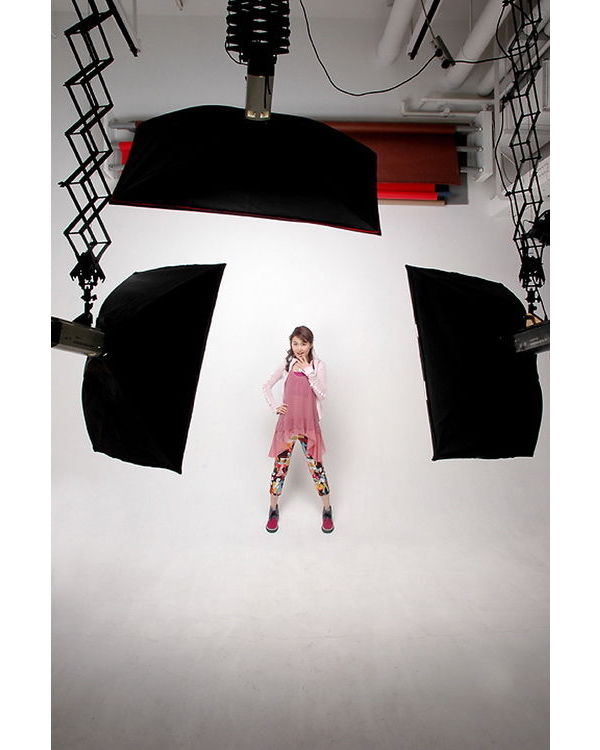
Manual exposure mode
Photographers often use the M manual exposure mode when creating in the studio. In manual exposure mode, photographers can set the aperture size and shutter speed according to their needs. In order to minimize the impact of hand shake on the camera, the shutter speed of the camera is mostly set to the fastest flash synchronization speed of the digital SLR camera. The aperture is adjusted according to the value measured by the light meter, and is usually set to F8 to F11. This aperture setting can bring excellent imaging quality and a large enough depth of field to ensure a clear picture.
Learn to use the light meter
The light meter is divided into an incident light meter and a reflected light meter. The function of the light meter is to measure the light intensity of various parts of the model’s body in the studio and the background to determine the details of the next step of lighting or the accurate value of the digital SLR camera’s exposure. In the film age, the role of the light meter is extremely important. Nowadays, the “snap-and-see” function of digital SLR cameras weakens the role of the light meter. But photographers with rigorous creative styles still use light meters, because the precise settings in the early stage can bring convenience and excellent picture quality in the post-processing.
Light Classification and Application of Studio Portrait Photography
Main light
The main light is the main light that illuminates the model and creates the image of the character in the studio portrait photography. The main light determines the distribution of the overall bright and dark areas of the character. The main light should have relatively strong directivity, and its light position determines the light effect of the photo. Therefore, the position of the main light and even the slight change in the distance between the main light and the model may affect the exposure and even the overall effect of the photo. In the lighting link, the main light is the priority factor, and the auxiliary light or the background light must be consistent with the tone of the main light. In terms of technical applications, the main light of most portrait photography is soft light. Soft light is more uniform and easier to control than hard light.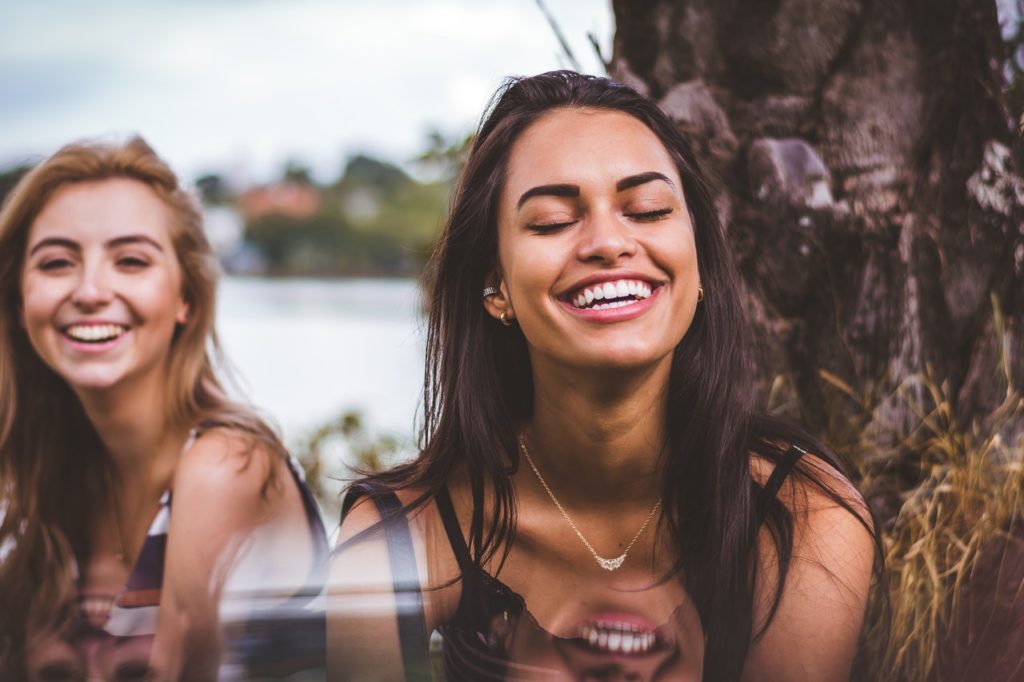
Auxiliary light
Auxiliary light, as the name suggests, its purpose is to fill the dark or shadow parts of the picture. Its existence maintains the brightness balance in the picture and avoids excessive contrast. The ratio of the brightness of the light-receiving surface of the subject to the brightness of the shadow surface is called the light ratio. The brighter the shadow surface, the smaller the light ratio of the screen.
The irradiation direction of the auxiliary light is mostly near the axis of the digital SLR camera, so as to avoid a large deviation from the irradiation angle of the main light, which may cause a messy projection of the screen. Auxiliary light is mostly soft light to fill light evenly and naturally.
Background light
The light used to illuminate the background alone is called the background light. The role of the background light is to separate the main character from the background to better express and highlight the character and enhance the three-dimensional sense of the picture.
The background light only illuminates the background. One or more flashes can be used to create the background light and control the brightness of the background. According to shooting needs, you can choose soft light or hard light as the background light.
Soft light is mostly used to create a pure color background with higher brightness, while hard light is mostly used to create a stylish and avant-garde background. In order to set the background light, the model should be separated from the background by a certain distance when lighting. The creation of background light should be conducive to the shaping of the subject to enhance the appeal of the picture.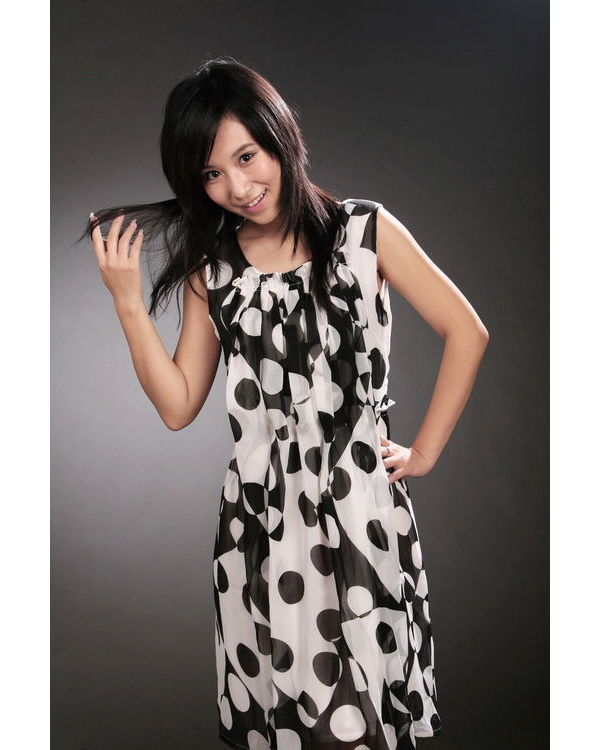
Examples of portrait photography with lighting. In this example, the main light, background light, and effect light are used. The main light is used to illuminate the character, the background light is used to shape the gradient background, and the effect light is used to brighten the model’s hair and create a luminous effect.
Effect light
The main function of the effect light is to emphasize the subject, modify the human body or conceal imperfections. Contour light is a relatively common effect light. It can better highlight the figure’s body. Generally, it is projected on the character’s hair, face, shoulders and torso from the side reverse direction of 150°~170° to form a bright contour line. The use of contour light and other effect lights can more powerfully highlight the characters and enhance the artistic expression of photos.
Light ratio
In studio portrait photography, photographers often use two flashes or one flash and several reflectors. Therefore, on the different light-receiving surfaces of the characters, there are often obvious differences in the intensity of light on the bright side and the dark side, which is called the light ratio.
Controlling the light ratio can produce diversified effects when shooting. Common light ratios are 1:1, 1:2 and 1:4. After the lighting is completed, use a light meter to measure the light ratio between different faces of the model. The light ratio is small, the light is relatively flat, which is conducive to expressing the feminine beauty. When the light ratio is large, the three-dimensional sense of the characters is stronger, which is conducive to the performance of male characters or female portrait photos with specific themes and styles.
